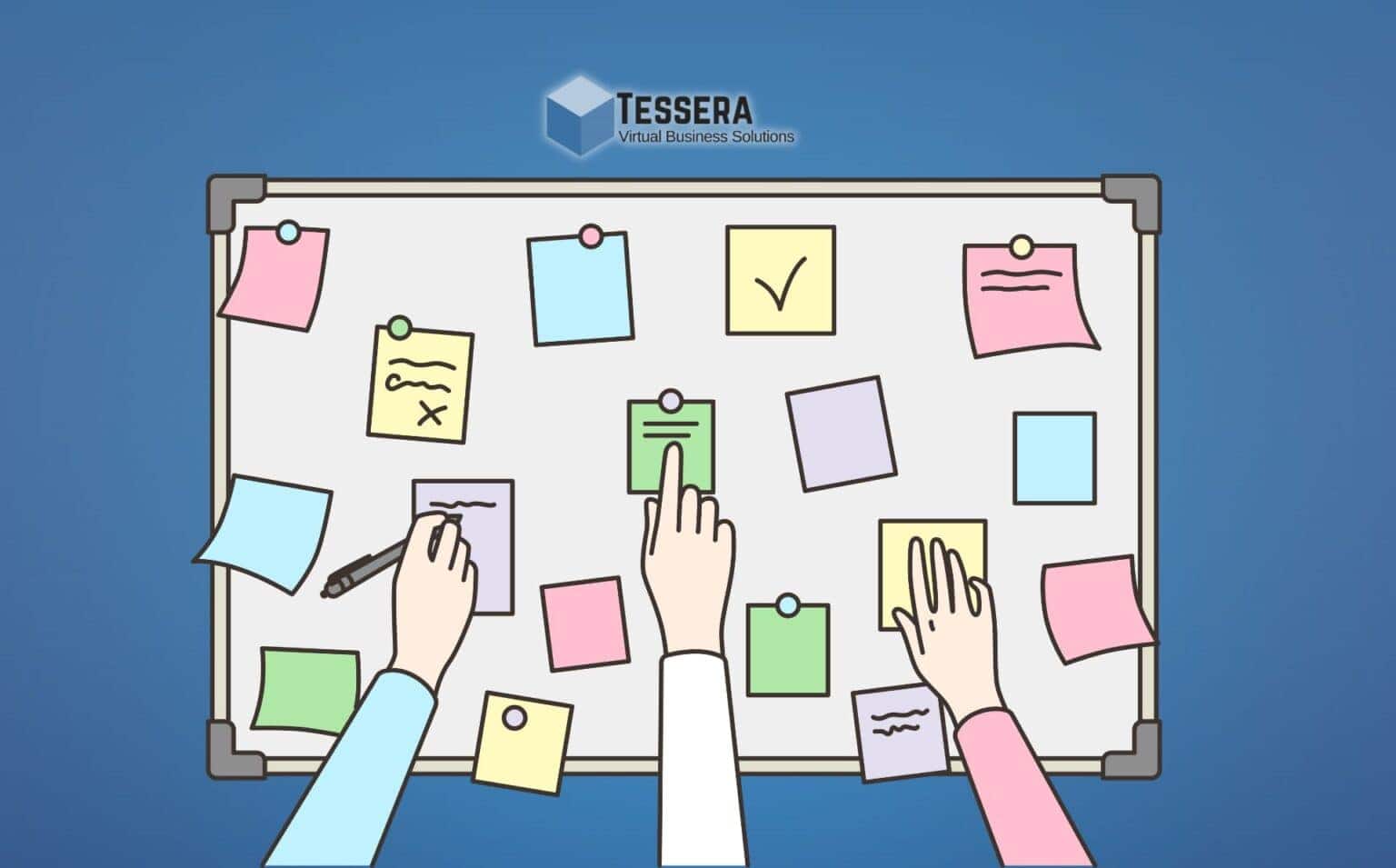Is your team using Asana but struggling with inconsistent collaboration and unclear expectations? You’re not alone. I recently worked with a team facing this exact challenge — one key person wasn’t using Asana consistently, causing confusion, frustration, and missed deadlines across the board.
The good news is that there’s a simple solution: setting clear, basic expectations for everyone. By coming together as a team to establish these guidelines, you can align your efforts and make Asana a truly powerful tool for your projects. Let’s explore how you can create these expectations and transform your team’s collaboration.
Write Basic Expectations — Collaboratively
When a team comes together to create expectations, it’s crucial to make the process collaborative. If one person drafts the expectations alone, there’s a higher chance of misunderstandings or resistance down the road. To avoid this, gather everyone who will be using Asana, or if that’s too large of a group, bring together a small sample of people from different teams or departments.
Ideally, the group working on the expectations should already have experience using Asana. This way, they’ll understand the platform’s structure and can brainstorm ideas for how the whole team should use it. During this brainstorming session, no idea is off-limits. It’s important to remember that the goal is to create a minimum standard for everyone to follow.
In these discussions, make sure to include input from both Asana champions (those who are already big fans) and those who are newer to the tool. Sometimes, Asana enthusiasts can unintentionally set higher expectations that may overwhelm beginners. By including everyone, you’ll get a more balanced and realistic set of expectations that works for the entire team.
Keep in mind that these expectations can evolve. As your team becomes more comfortable with Asana, you can always add or refine the guidelines. But for now, focus on creating simple, basic expectations that all team members can follow daily.
After the brainstorming session, narrow down the list to 5–10 core expectations that everyone agrees on. Here are a few examples to get you started:
- Check your Inbox and My Tasks two to three times a day.
- Ensure that every task created has a due date and an assignee.
- Use the comments section on tasks to communicate updates or questions. Be sure to @mention team members so they see your comment.
- Use the thumbs-up button when going through your Asana inbox to show you’ve seen and acknowledged a task or comment.
These are just examples. Your team should come up with expectations that fit how you work and use Asana.
Create a Shared Expectations Document
Now that you’ve narrowed your list down to 5–10 basic expectations, it’s time to create a living document where the entire team can refer to these guidelines. This document will serve as both a reference for current team members and a guide for new team members on how your team collaborates in Asana.
One of the easiest ways to get started is by using a premade template. (You can grab a free template here!)
Using the template, draft a document that clearly outlines the expectations your team has agreed on. Keep it simple and easy to read. After you’ve created the draft, share it with the full team. It’s essential to make sure everyone is on board. If even a few team members disagree or feel uncertain, you might end up with more problems than before. This document should unite the team, not divide it.
At the bottom of the document, include a section that records the date of the last update. A good rule of thumb is to review it during an all-hands meeting, or at least ensure there’s an open feedback loop where team members can suggest changes. A smaller group can then review and incorporate feedback at regular intervals.
The final step—probably the most important one—is ensuring that everyone on the team commits to following the expectations and holding each other accountable. This approach doesn’t need to feel rigid or restrictive. In fact, it can be a fun way to make sure work stays productive, collaborative, and that everyone’s voice is heard.
Benefits of Asana Consistency
The most important reason to create an expectations document for using Asana is that it builds trust. When I assign a task to someone in Asana, I know it will be seen and acted on, which means I don’t have to worry about checking in constantly. This lets everyone focus on their work, trusting that tasks are being handled.
Consistent Asana usage also boosts efficiency across the team. When you assign me a task and include all the relevant links and files directly within the task, I don’t have to waste time searching for information. Everything I need is right there, which ensures clarity and reduces the chance of mistakes. You almost guarantee success when you provide all the necessary information from the start.
Another big benefit is reduced frustration. If you ask me a question directly on a task and @mention me so I’m notified, I can respond right there in Asana without switching between apps or tools. This keeps the workflow smooth and uninterrupted. Plus, when others see our conversation in Asana, they won’t need to ask repetitive questions or disrupt the progress of the task.
Ultimately, trust, communication, and collaboration are significantly improved when Asana is used consistently and effectively. Teams that foster these qualities are more productive—and they enjoy their work more, too!
Here at Tessera, we help teams enjoy using Asana. There are a couple of ways for us to team up with you.
- Contact me to set up a quick call to see how I can help you via consulting and training sessions.
- Learn Asana on your own with the Asana Simplified course.
You might also be interested in this free content:
What to Expect With Asana Consulting
How To Plan Ahead streamlined event planning using Tessera’s Asana expertise
Nix the Notification Noise in Asana

About the Author
Paula Holsberry is the founder of Tessera Virtual Business Solutions, specializing in optimizing work processes for remote teams. With experience in both start-ups and larger companies, she helps teams maximize productivity through efficient Asana training and consulting.


